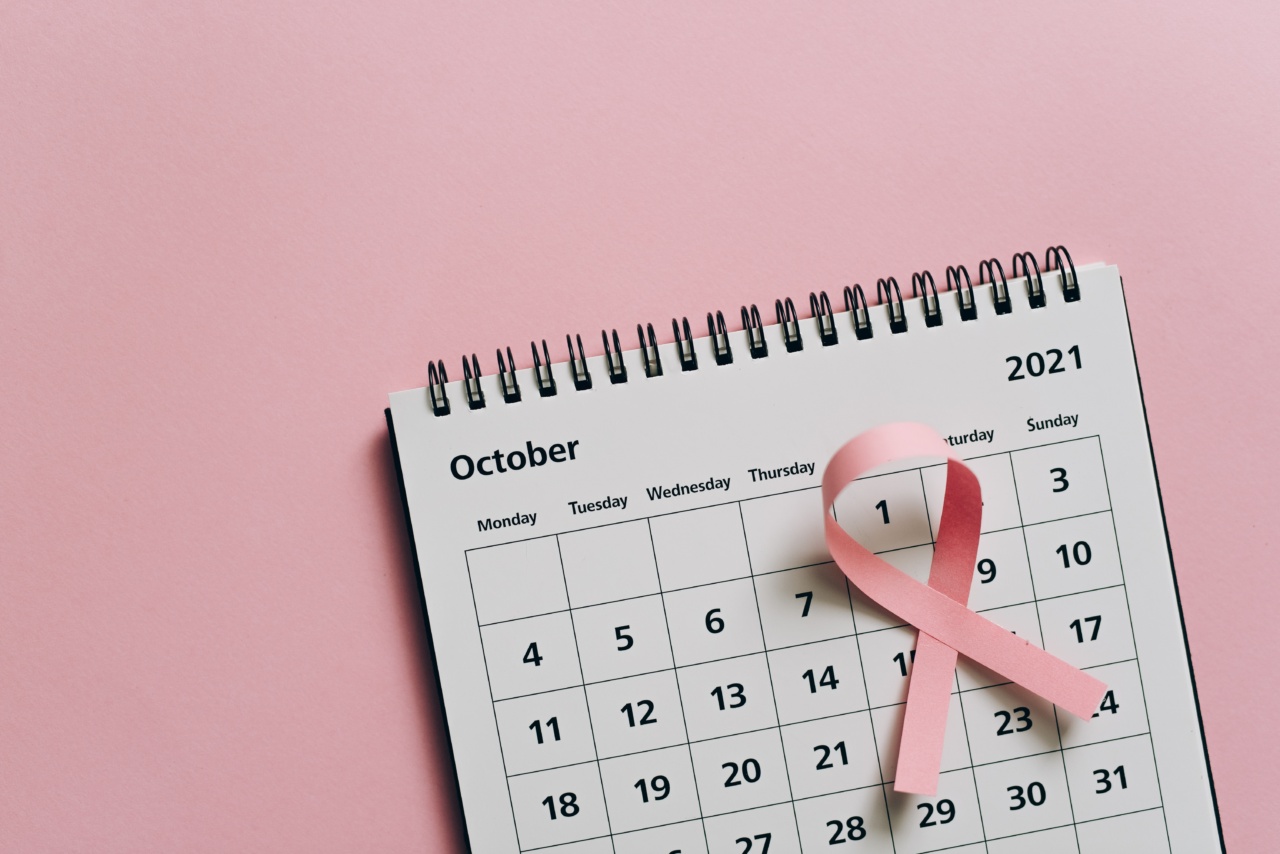Cancer is one of the deadliest diseases globally, and it affects millions of people worldwide. While scientists continue to carry out research to find a cure for cancer, there are ways to reduce your risk of developing cancer.
These ways are called cancer preventive measures, and they include following a healthy lifestyle, going for regular cancer screenings, avoiding tobacco, and limiting alcohol consumption.
Healthy Living
One of the best ways to lower your cancer risk is to adopt a healthy lifestyle. A healthy lifestyle comprises a balanced diet, regular exercise, maintaining a healthy weight, and getting adequate sleep.
Here’s a breakdown of how each of these can reduce your cancer risk:.
- Balanced diet: A balanced diet should contain fruits, vegetables, whole grains, and lean proteins. These foods are rich in nutrients and antioxidants that can help fight cancer. Additionally, avoiding processed and red meats can also lower the risk of colorectal and stomach cancer.
- Regular exercise: Exercise helps maintain a healthy weight and reduces the risk of developing breast, colorectal, and endometrial cancer. Aim for 150 minutes of moderate aerobic activity or 75 minutes of vigorous aerobic activity per week.
- Maintaining a healthy weight: Being overweight or obese increases the risk of developing various types of cancer, including breast, colorectal, and endometrial cancer. To maintain a healthy weight, eat a balanced diet and exercise regularly.
- Adequate sleep: Lack of sleep can impact the immune system and increase the risk of developing cancer. Adults should aim for seven to nine hours of sleep per night.
Cancer Screenings
Cancer screening tests help detect cancer early when it’s easier to treat. Some common cancer screening tests include:.
- Mammogram: A mammogram is an X-ray of the breast and is used to detect breast cancer.
- Pap smear: A Pap smear is used to detect cervical cancer.
- Colonoscopy: A colonoscopy is an examination of the colon and rectum and is used to detect colorectal cancer.
- Prostate-specific antigen (PSA) test: The PSA test is used to detect prostate cancer in men.
Speak with your healthcare provider to determine which cancer screening tests are appropriate for you and how often you should go for these tests.
Avoiding Tobacco
Smoking tobacco is a significant cause of various types of cancer, including lung, bladder, and pancreatic cancer. Additionally, smoking tobacco can increase the risk of developing other illnesses, such as heart disease and stroke.
If you’re a smoker, consider quitting, and if you don’t smoke, avoid exposure to secondhand smoke.
Limiting Alcohol Consumption
Excessive alcohol consumption is a risk factor for various types of cancer, including breast, colorectal, and liver cancer. If you choose to drink alcohol, do so in moderation.
Moderate alcohol consumption is defined as up to one drink per day for women and up to two drinks per day for men.
Sun Safety
Exposure to ultraviolet (UV) rays from the sun increases the risk of developing skin cancer. To reduce your risk, practice sun safety, which includes:.
- Wearing protective clothing that covers your skin.
- Using sunscreen with an SPF of at least 30 and reapplying it every two hours.
- Avoiding the sun between 10 a.m. and 4 p.m., when the sun’s rays are the strongest.
Environmental Factors
Exposure to certain environmental factors can increase the risk of developing cancer. These factors include:.
- Air pollution: Exposure to air pollution can increase the risk of developing lung cancer.
- Asbestos: Exposure to asbestos can increase the risk of developing lung cancer and mesothelioma.
- Radon: Exposure to radon, a radioactive gas that’s found in soil and rocks, can increase the risk of developing lung cancer.
- Ultraviolet (UV) radiation: Exposure to UV radiation from artificial sources, such as tanning beds, can increase the risk of developing skin cancer.
Reduce your exposure to these environmental factors by following safety protocols and seeking professional help when necessary.
Conclusion
Lowering your cancer risk involves adopting a healthy lifestyle, going for regular cancer screenings, avoiding tobacco, limiting alcohol consumption, practicing sun safety, and reducing exposure to environmental factors.
These strategies, when followed consistently, can help reduce your risk of developing cancer and improve your overall health and well-being.































